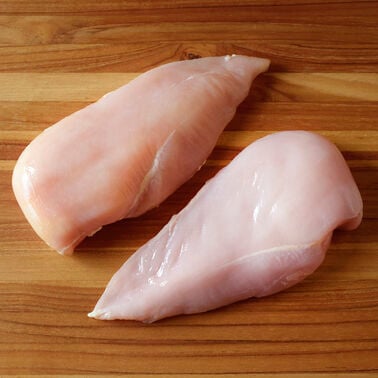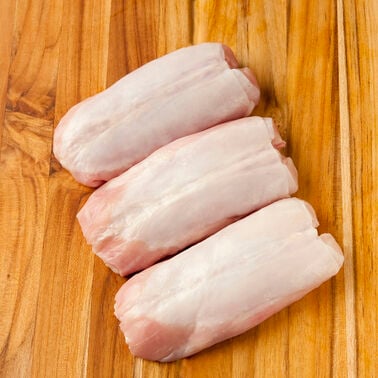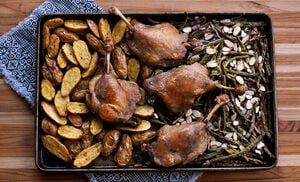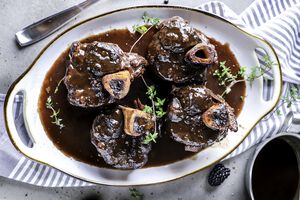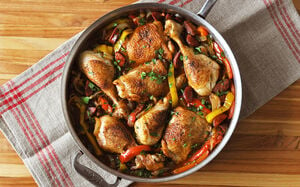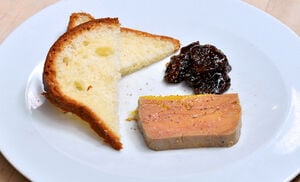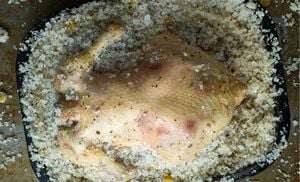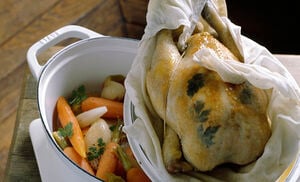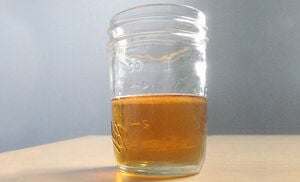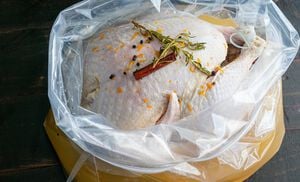
History
While the culinary term “en papillote” is French in origin and dates back to at least the 17th century, the method has been employed far longer, by cultures all around the world. For example, in Southeast Asia where banana trees are abundant, Malaysian and Indonesian people use the large, sturdy leaves for steaming packets, Latin American cultures wrap and steam traditional fare in cornhusks or plantain leaves, and in China, water lotus leaves are used for steaming both meat and traditional rice dishes. In France, cooking en papillote reached its height of popularity in the gilded days of haute cuisine when food was often served with flourish and ceremony. Perfectly wrapped parcels were cut open at the table with a show and aromatic plumes of steam. Today, cooking en papillote still maintains its place in fine restaurants albeit with less pomp.
Papillote for the Home Cook
The method is surprisingly practical for home cooks. Once the underlying principles are understood, execution is very straightforward. When ingredients are cooked while sealed in a parcel, they’re essentially cooking in their own juices, which turn to steam, creating a highly aromatic, moist-heat environment. Flavors and aromas mingle and meld, enveloping and perfuming the dish. Keep the following foundation in mind when cooking en papillote at home.
The Ingredients
The packet steaming method works best with naturally tender proteins that cook fairly quickly. All manners of shellfish and thin cuts of poultry, fish, and meat are best. When choosing vegetables, mushrooms, and herbs, keep in mind how each will react to heat and at what rate they will cook. For instance, some vegetables, like spinach, will release a lot of water when steamed and some herbs, such as basil or mint, will turn black. Liquids can be added for seasoning and aroma as well as to help dry ingredients, like root vegetables, cook properly. Broths and stocks, demi-glace, butter, wine, citrus juice, coconut milk and even tea, are all good options. Just note that each ingredient will take on the character of the next so be mindful of combinations.
The Packet
Cooking en papillote at home requires no special equipment, other then parchment paper or aluminum foil. Both perform well, although there are details about each to note. Aluminum foil is easy to use, responds well to heat and can be used directly over fire, such as on a charcoal grill. Although, if the contents include a fair amount of salt or acidic ingredients, such as vinegar or citrus, aluminum foil will cause an unpleasant chemical reaction, resulting in discoloration and an “off” odor. Also, ingredients with less moisture may stick to foil during cooking so a light brushing of a lipid, like duck fat, butter or olive oil, may be needed beforehand.
Parchment paper takes a little more effort to cut and fold into an airtight parcel and browns (or if you’re not careful burns) in extreme heat. But parchment doesn’t react with salt or acids and makes an attractive presentation. Parchment can be brushed with water periodically during long cooking times to prevent burning. Although as the paper browns and puffs up, it gives an idea of how quickly the contents are cooking.
The Heat Source & Timing
There are many viable heat source options for cooking en papillote. Most often, the cooking happens in the oven or on a grill, although the method also works in a sauté pan on the stovetop, over a campfire or even in a fireplace! As a bonus, if the external heat comes from direct fire, it may create some browning or add smoky aromas inside the packet, which lend yet another flavor component.
When timing dishes cooked en papillote, there are a few considerations to take into account. First, mind the combination and size of the contents. For example, if you’re preparing tender fish with potatoes, you'll need to slice the potatoes thinly so everything will be done at the same time. If you’re preparing rabbit meat or chicken breast, choose slow-cooking vegetables with a similar density and thickness. Next, to gauge doneness when steaming in a packet, look to other cooking methods using the same heat source. For cooking en papillote in the oven, assume it should take just slightly less time than oven roasting. If parchment cooking on the stovetop, use similar timing as if you were using a steamer. For a foil packet cooking over a grill, allow for just a touch more time than grilling directly on grates.
